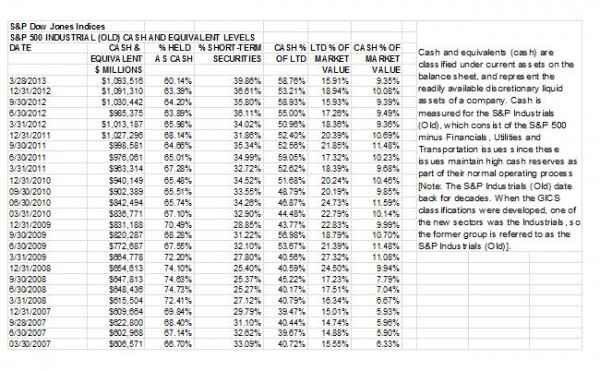The Federal Open Market Committee — the Fed’s policy making unit — meets today and tomorrow. Recent reports show the economy expanding, but not accelerating. Housing starts and consumer prices both slightly weaker than expected in today’s reports. Given this and recent misplaced fears that the Fed was about to end QE3, most analysts look for little change in Fed policy combined with some comments meant to end worries about a quick end to current policy.
Separately, President Obama made remarks in an interview reported by Bloomberg and by the Wall Street Journal suggesting that Fed Chairman Bernanke will step down at the end of his current term in January 2014. Almost every economist who has served in the Obama administration or worked at the Fed in the last few years is being mentioned as a replacement — in other words, no one knows who might be chosen. However, given the current soft economic recovery and Bernanke’s success at the Fed, a new Fed chairperson is not likely to make a dramatic shift in policy.
The posts on this blog are opinions, not advice. Please read our Disclaimers.











































